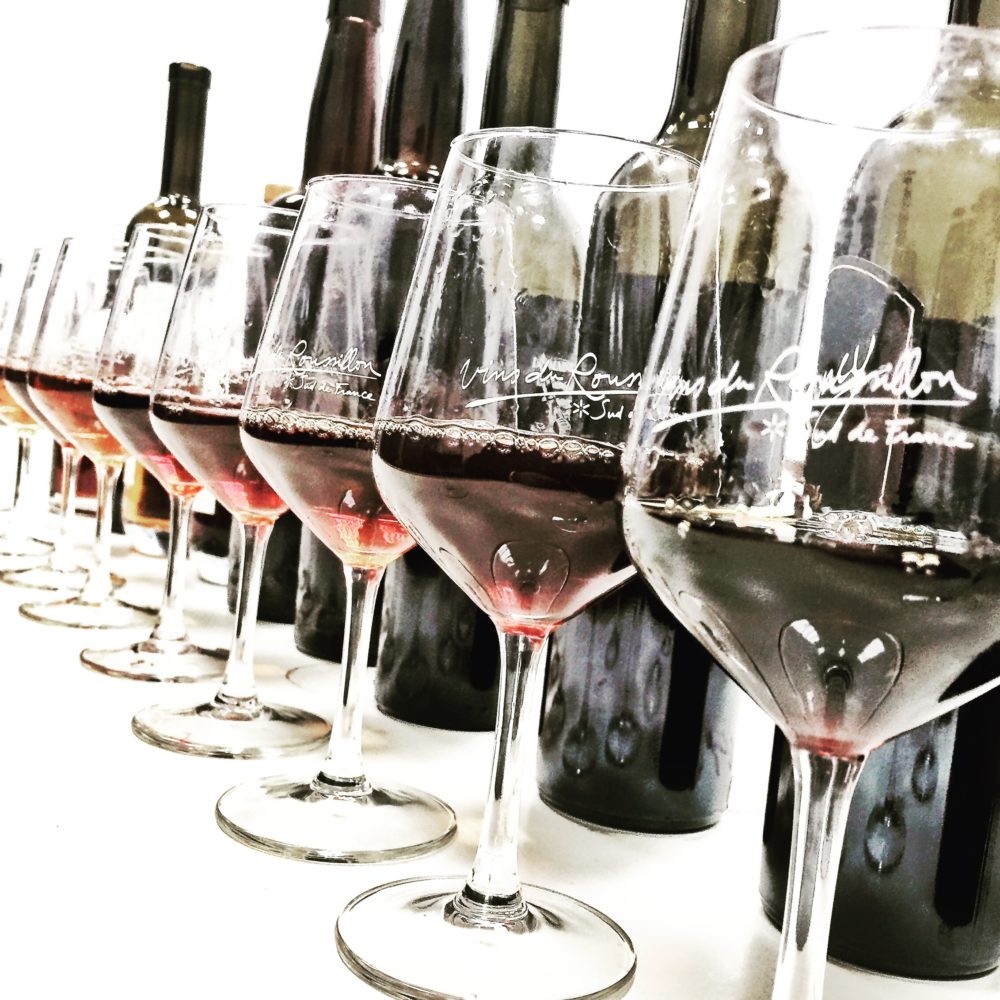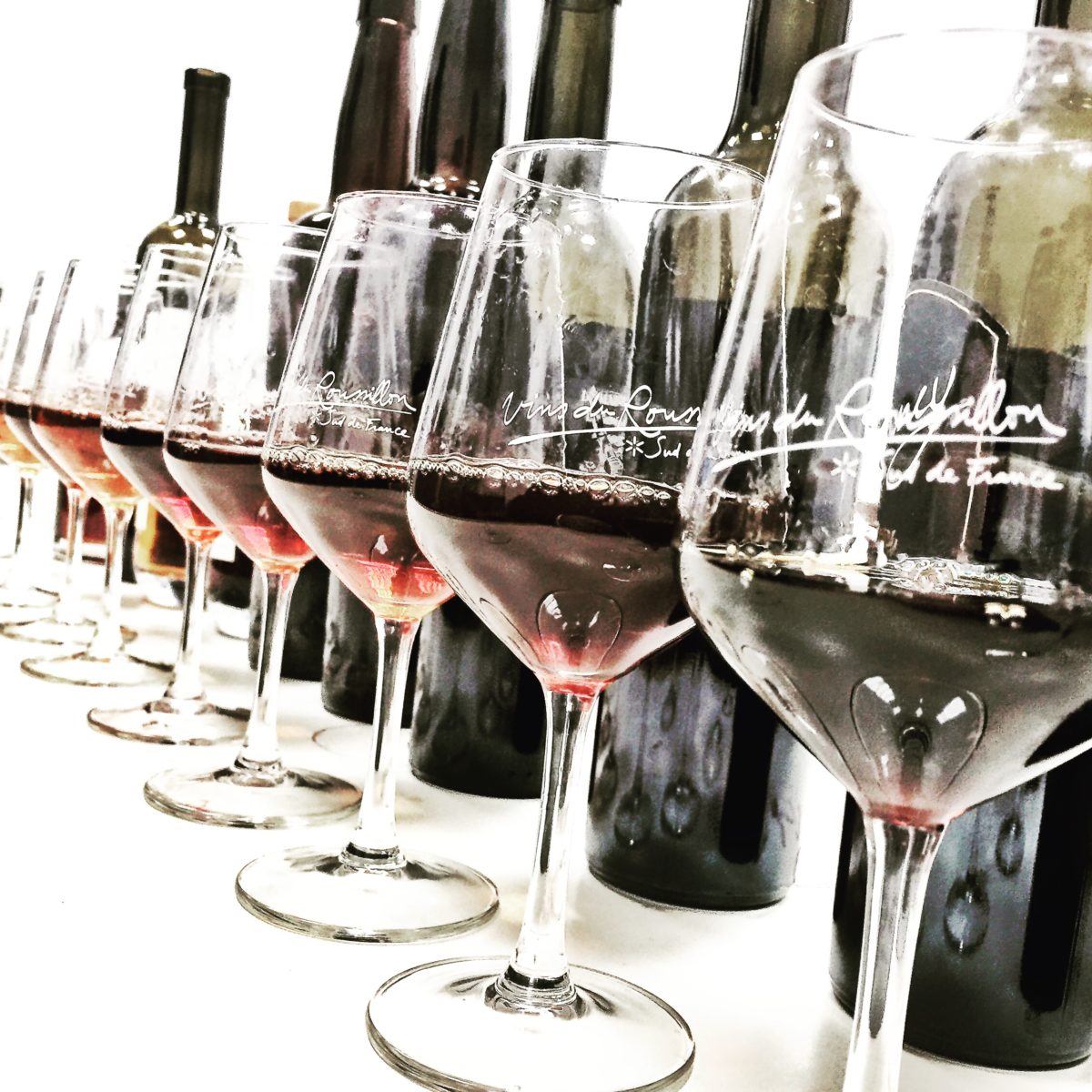
I’m always thrilled to taste the wines from the Roussillon as I, unfortunately, don’t get to visit as often as I would like to these days. Nevertheless, this hot, dry region in the southern corner of France continues to produce a boatload of beautiful wines.
This small report looks at the Rivesaltes releases from Brigitte et Jean-Hubert Verdaguer’s Domaine de Rancy and spans from 1984 back to 1919.
As a quick overview, there are numerous classifications of Vins doux Naturels, most dealing specifically with the color of the wines (Tuilé, Amber, Grenat, Rimage), but at a high level, you have four categories: Rivesaltes, Muscat de Rivesaltes, Maury and Banyuls.
The Rivesaltes appellation covers the entire Roussillon region, except Banyuls and Maury, which are limited to their specific villages. While the releases from Maury and Banyuls are made primarily from Grenache, Rivesaltes can include Grenache, Carignan, Grenache Blanc, Grenache Gris, Macabeu, Malvoisie, and Muscat. Vins Doux Naturels are made by adding a pure spirit during the alcoholic fermentation to stop the conversion of sugar into alcohol. The result is a wine of roughly 16% to 20% alcohol that can have 85-100 grams of residual sugar. The wine is then aged for a minimum of 4 years and can spend decades in oak casks or glass jars left outside. This process creates an incredibly complex, powerful wine that can show notes of figs, toffee, candied olives, raisins, and crème brûlée.
These Rivesaltes Ambre from Domaine de Rancy are all made from the white Macabeu grape.
Lastly, it’s important for readers to realize that these wines are fully oxidized, meaning you can open a bottle and enjoy it over days, weeks, and even months with no loss in quality. This makes them incredibly versatile dessert wines.
As I’ve written before, these are beautiful, singular wines and I certainly hope you will give them a try.

